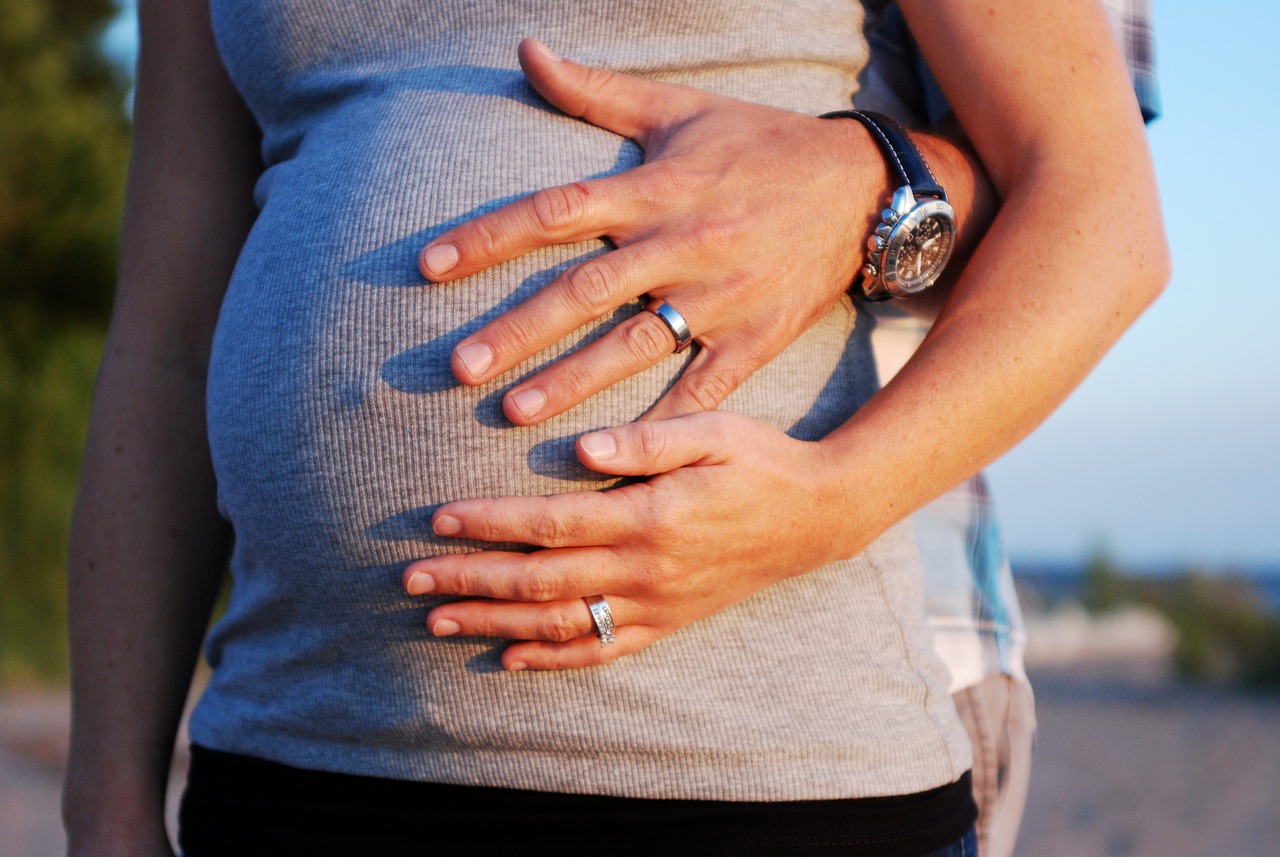Morning sickness in pregnant women, mainly associated with nausea and vomiting, now has a potential cure
#PregnancyHealth #MorningSicknessBreakthrough #GDF15Discovery #WomenInScience #MedicalAdvancements
Unlocking the Mystery of Morning Sickness: GDF15’s Role Revealed
Scientists have made a ground-breaking discovery that sheds light on the cause of morning sickness in pregnant women and may lead to a treatment. Who’s at fault? GDF15, a hormone the fetus produces, has been found to be the cause of nausea and vomiting during pregnancy, a condition that occasionally requires hospitalization.
GDF15 and Pregnancy: The Crucial Link You Need to Know
This analysis reveals an important piece of information: women who typically had low levels of the chemical before becoming pregnant are more vulnerable to the surge of GDF15 in the first trimester. Clinical colleague teacher Marlena Fejzo of the Keck Institute of Medication at the College of Southern California emphasized, “When presented with more elevated levels of the chemical GDF15 than they are familiar with, ladies experience disorders during pregnancy.”
Hyperemesis Gravidarum: Princess Catherine and the Elusive Cause
Approximately 80% of women experience some degree of sickness and heaviness during their pregnancy. About 2% of individuals, including Princess Catherine, may experience serious repercussions from hyperemesis gravidarum (HG), often known as severe morning sickness, such as weight loss, dehydration, and hospitalization. Pregnancy sickness’s underlying etiology has thus far proven to be tricky.
Inadequate Treatment for Pregnancy Sickness: A Scientific Void
Due to a lack of scientific understanding and worries about taking drugs while pregnant, many women have gotten subpar therapy. Chief of Pregnancy Disorder Backing Charlotte Howden highlighted how her GP had advised her to try “eating a bit and frequently” or ginger, which resulted in many hospital admissions during her pregnancy.
GDF15 and Potential Solutions: A Pathway to Prevention
The latest analysis highlights the benefits and drawbacks of GDF15 and suggests that reducing the chemical’s concentration or blocking its function may be a means of preventing infection. Another approach involves “preparing” women by exposing them to the substance before they become pregnant.
Prof Sir Stephen O’Rahilly’s Insights: A Clue to Prevention
Leading the global collaborative effort, Professor Sir Stephen O’Rahilly of the College of Cambridge, co-overseer of the Wellcome-Clinical Exploration Gathering Foundation of Metabolic Science, stated, “Knowing this provides us some insight regarding how we could keep this from occurring.”
GDF15’s Role Beyond Pregnancy: Insights from the Nature Study
In this study, GDF15—which is consistently supplied at low levels in all tissues outside of pregnancy—becomes the primary subject. Women with a rare gene mutation that causes low GDF15 levels outside of pregnancy are more likely to develop HG when abruptly exposed to high levels during pregnancy. The study, which was published in Nature, also highlights the prospect of exposing mice to low doses of GDF15 before becoming pregnant in order to reduce pregnancy illness in them.
Next Steps in Pregnancy Sickness Research: A Promising Stride
In a promising step towards a potential solution, the next phase involves investigating if prepping women with a history of HG with GDF15 before pregnancy might mitigate or attempt to prevent nausea and vomiting adverse effects.
